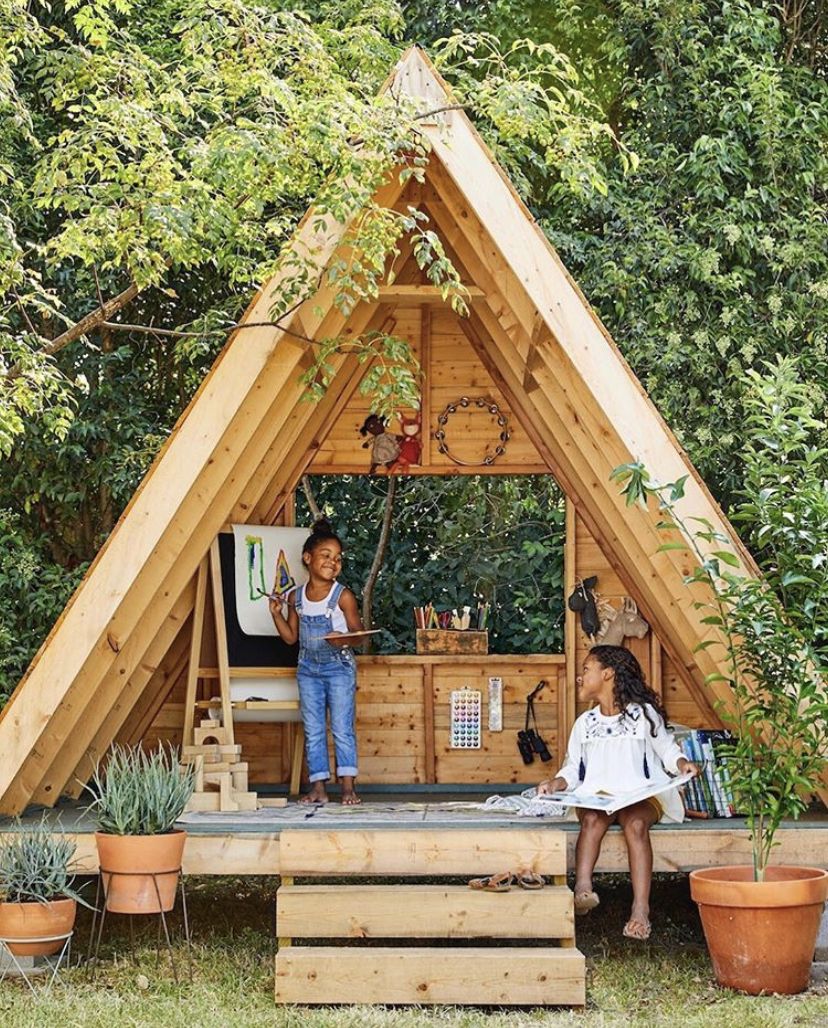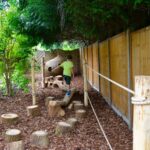Garden design for kids is a wonderful way to introduce youngsters to the joys of gardening and nature. Creating a garden specifically geared towards children not only provides them with a fun and educational outdoor activity, but also helps foster a love and appreciation for the environment. Here are some tips for designing a garden that kids will love.
First and foremost, involve the kids in the planning and designing process. Allow them to choose the types of plants and flowers they would like to grow, as well as any decorative elements they would like to incorporate. This will help them feel a sense of ownership and pride in their garden, making them more likely to care for it and watch it grow.
When selecting plants for a kids’ garden, opt for varieties that are easy to grow and maintain. Consider plants that have vibrant colors or interesting textures, as these will capture children’s attention and spark their curiosity. Additionally, choose plants that are safe for kids to handle and play around, avoiding thorny or toxic plants.
Create different areas within the garden that cater to various interests and activities. Incorporate a sensory garden with plants that have different scents and textures, a vegetable patch where kids can learn about growing their own food, and a fairy garden or wildlife habitat to attract birds and insects. Providing a variety of experiences will keep children engaged and excited about their garden.
Include fun and interactive elements in the garden design, such as stepping stones, a mini greenhouse, or a colorful bird feeder. You can also add whimsical touches like fairy houses, garden gnomes, or homemade decorations that the kids can contribute to. These playful elements will add an element of magic and wonder to the garden, encouraging imaginative play and exploration.
Encourage kids to get their hands dirty and actively participate in caring for their garden. Teach them basic gardening skills like planting, watering, weeding, and harvesting. Show them how to observe and appreciate the changes that occur in the garden over time, such as the growth of plants, the emergence of flowers, or the visits of birds and insects. Engaging children in the hands-on work of gardening will not only teach them valuable skills, but also instill a sense of responsibility and stewardship for the natural world.
Finally, make the garden a place for fun and relaxation. Set up a comfortable seating area where kids can sit and read, play games, or simply enjoy the sights and sounds of the garden. Encourage them to spend time outdoors, soaking up the sun and fresh air, and fostering a deeper connection with nature. By creating a garden that is both engaging and peaceful, you can provide kids with a safe and enjoyable space to learn and grow.













